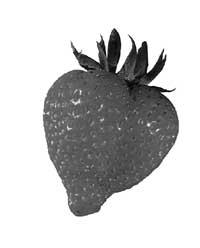Dear mirror, tell me what like
2002/12/29 Mendiburu, Joana - Elhuyar Zientziaren Komunikazioa
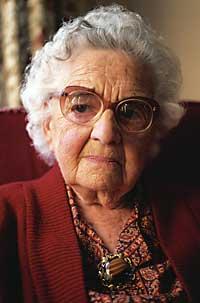
The person who is a certain age should not be asked how many years he has. Apparently, in Western countries, it is hard to recognize that we age, although every morning the mirror shows us changes. The skin itself is the main complainant of age, but it seems that, taking care of food, it is possible to deceive the mirror for a few years, but to deceive oneself.
Structure of the skin
The skin consists of three layers: from exterior to interior, epidermis, dermis and hipodermis, respectively. The upper cells are dead and the epidermis constantly replaces them with young new cells. Each skin cell lasts one month or more until it is replaced and we, by rubbing or drying the skin, involuntarily remove all these dead cells.
The dermis is attached to the epidermis by means of a convex and rough surface. Wrinkles are arranged in curved lines and are as specific as fingerprints. Thanks to wrinkles, the skin of the hands and feet is not slippery and we are able to catch small objects and perform fine movements. The dermis is solid and elastic and contains nerve fibers - receptors of touch, pain, cold and heat -, hair follicles, sweat glands and fat glands. At the top of the dermis, thousands of capillaries arrive in the cells, carrying oxygen and collecting waste.
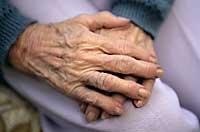
The skin is the first defense barrier against the medium. The layer that wraps and holds the entire body, in addition to waterproof, acts as an antibacterial barrier and protects us against harmful sunlight. Vitamin D is generated in the skin and cushions shocks. In addition, the skin helps to regulate body temperature by expelling sweat, dilation of the capillaries, and the appearance of hot blood.
Characteristics of aging skin
But, what happens when the skin ages? With the passage of time, surface cells are renewed more and more slowly, accumulating dead cells thicken the epidermis, destroy the collagen fibers of the dermis, reduce hydration and gravity attracts non-rigid layers down. That is, wrinkles are produced on the skin and it falls.
The Sun is the main responsible for aging the skin, estimating that its effect is two-thirds. Specifically, UVA rays are responsible for aging the skin. Hence, they have more markings of face and hand than of the rest of the body.
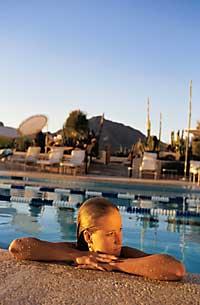
The body knows how to correct the damage of the Sun, but the repair is not forever. The effect of the sun is cumulative and therefore marks remain. This is a significant enough data to use a protective cream against sunlight. Of course, the lifestyle and quality of life also influence the premature aging of the skin and it seems that feeding has a great influence.
Feeding as a source of antioxidants
Experts estimate that 32% of skin lesions can be explained with eating habits. The key are the antioxidants that are so much currently extolled in cosmetic products.
But what are the antioxidants? When an oxygen molecule reacts with another element, a reaction called oxidation occurs. This reaction is a natural and essential phenomenon, but generates "waste" that destroy surface cells. The body has defense mechanisms against these 'residues', but the antioxidants present in some foods reinforce this trend.
The fashion research area is that of antioxidants and, with all the results, the food palmarés to reduce wrinkles is completed with ease. Food is divided into ten groups: dairy, meat, fish, cereals, legumes, vegetables, fruits, fats, sugars and alcohol.
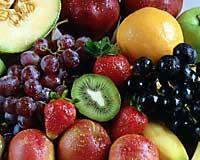
The foods that contribute most to aging the skin are: eggs, yoghurts, legumes, vegetables (especially green leaves such as spinach, eggplants, onion, garlic, asparagus…) nuts, olives, cherries, grapes, melon, nuts, apples and pears, cereal bread, ham, tea and water.
Fruits, vegetables and teas are a source of polyphenol and polyphenols are also important antioxidants, more effective than vitamins C and E. Also antioxidants are calcium, phosphorus, magnesium, iron and zinc minerals.
On the contrary, red meats (especially charcuterie), sugars (sweet drink, pastries and ice cream), potato dairy and whole milk are little antioxidant. Fish is also not the right food to avoid wrinkles due to its high content in omega 3 fatty acid, which is a great oxidizer.

Gai honi buruzko eduki gehiago
Elhuyarrek garatutako teknologia




